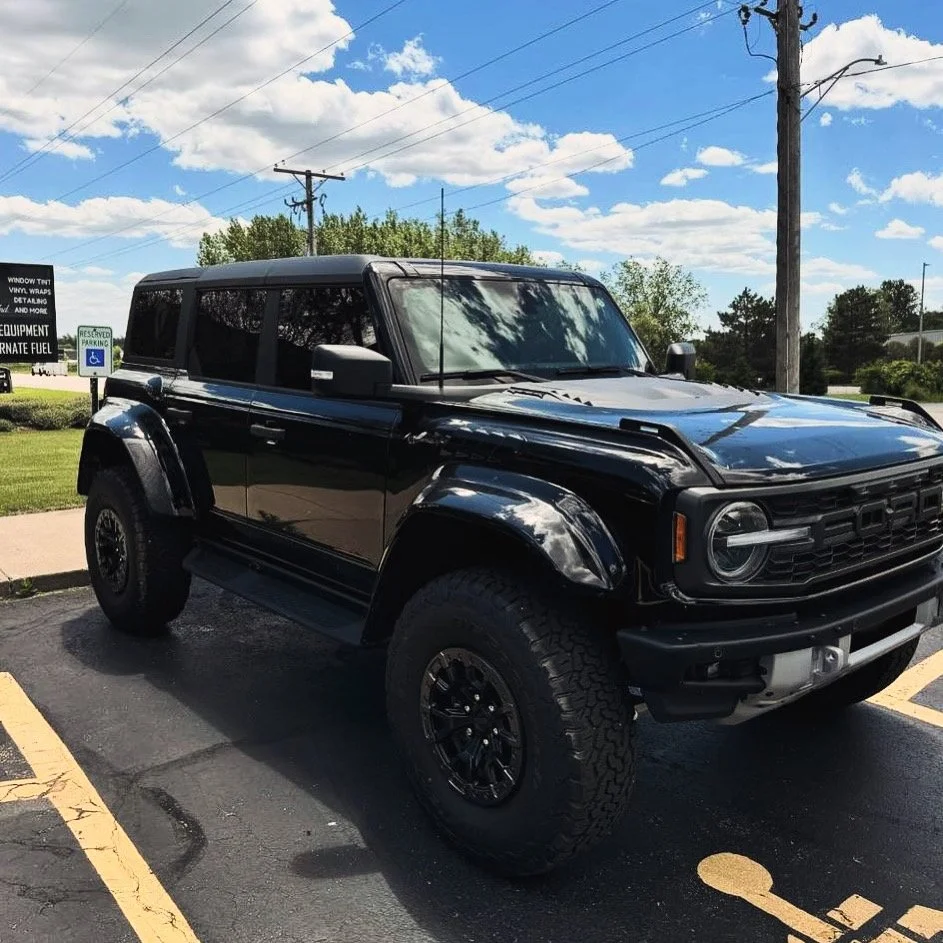What is the benefit of window tint?
Heat Rejection: One of the primary benefits of window tinting is its ability to reject heat from the sun. Tinted windows can significantly reduce the amount of solar heat entering a vehicle or building, helping to keep interiors cooler and more comfortable, especially during hot summer months. This can lead to a reduction in the need for air conditioning, resulting in energy savings and increased fuel efficiency for vehicles.
UV Protection: Window tinting blocks a significant portion of harmful ultraviolet (UV) rays from penetrating through the windows. UV rays can cause damage to skin, as well as fade and deteriorate interior furnishings, upholstery, and materials over time. By blocking UV radiation, window tinting helps protect occupants and preserve the condition of interiors.
Glare Reduction: Tinted windows can help reduce glare from sunlight, headlights, and other sources, improving visibility and enhancing safety for drivers and occupants. This is especially beneficial for reducing eye strain and fatigue during long drives or in areas with bright sunlight or reflective surfaces.
Privacy and Security: Window tinting provides increased privacy and security by limiting visibility into vehicles and buildings from the outside. This can help deter theft and break-ins by obscuring the view of valuable items and personal belongings. Additionally, tinted windows can offer added protection in the event of accidents or vandalism by holding shattered glass together and reducing the risk of injury from flying debris.
Enhanced Aesthetics: Tinted windows can enhance the appearance of vehicles and buildings, giving them a sleek and stylish look. With a variety of tint shades and finishes available, window tinting allows for customization to complement the overall design and aesthetic preferences of the owner.
Interior Preservation: By reducing heat and UV exposure, window tinting helps extend the lifespan of interior components, including upholstery, dashboard materials, and electronics. This can help maintain the value and appearance of vehicles and buildings over time, reducing the need for costly repairs or replacements.



